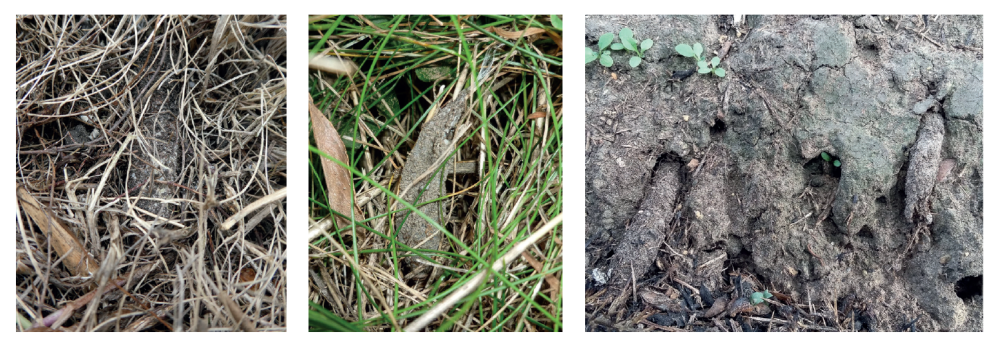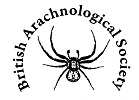In search of Purseweb Spiders (Atypus affinis)
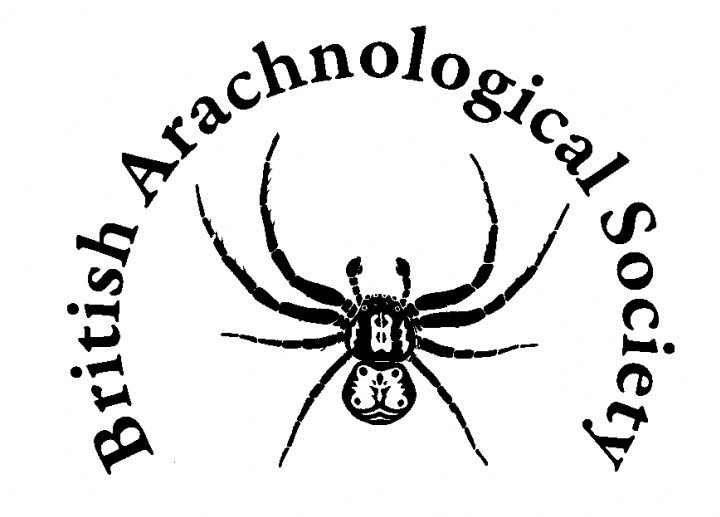
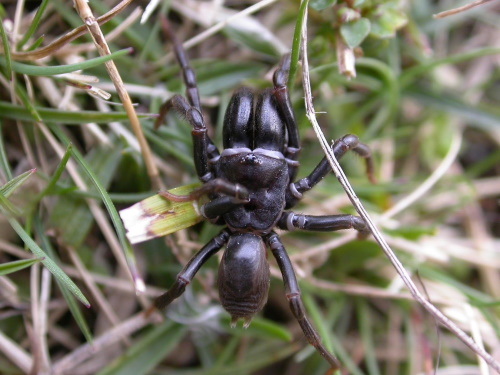
In the latest status review of the spiders of Great Britain, published in 2017, the Purseweb Spider is classified as Nationally Scarce and is Amber Listed, meaning that although still reasonably widespread, the species has undergone substantial decline and is a candidate for targeted research and survey. However, the rate of decline is hard to measure from our limited data. Even if, as seems likely, we are losing colonies, this can be masked by discoveries at new sites.
We want people to look for Purseweb Spiders and record the outcome here, whether or not spiders or their tubewebs are found. For monitoring colonies, negative records are as important to us as positive records. We encourage you to submit photographs with your records to show what you saw and where you searched.
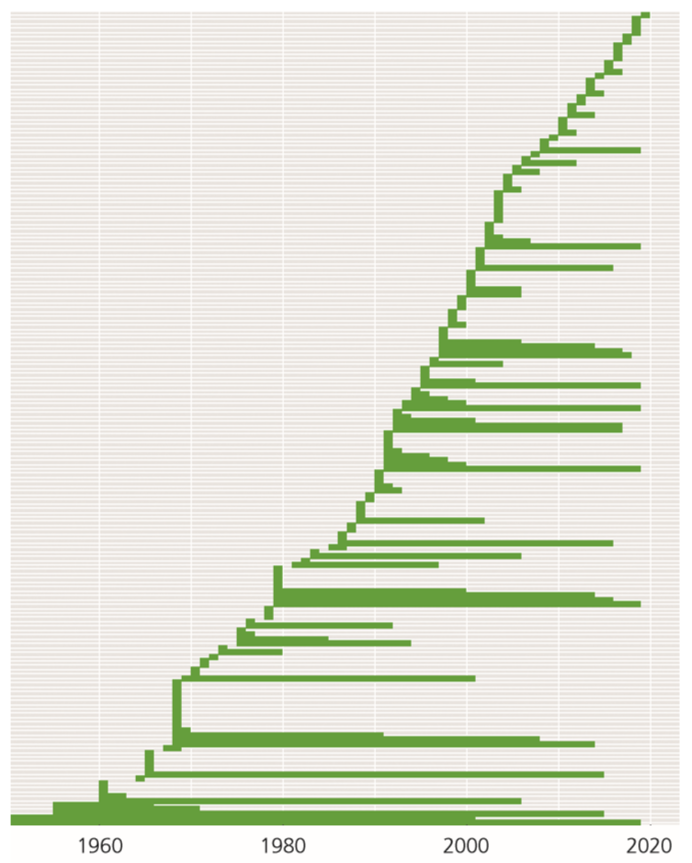
As of March 2019, the national Spider Recording Scheme had a total of 559 Purseweb Spider records from around 195 discrete colonies. The graph on the right show that of these colonies a mere 34 have records spanning ten years or more while, at the other extreme, 129 colonies are represented only by records from a single year. Of the 195 colonies, a remarkable 104 have no records since the turn of the 21st century.
What are we to make of the fact that Purseweb Spiders have not been seen during the past two decades at more than half of their known colonies? Are these colonies still extant? How many of them have been visited without finding evidence of Purseweb Spiders? We simply do not have the data to answer such questions.
This recording form - a joint project between the Biological Records Centre and the British Arachnological Society - is a tool that could help us fill that data gap. We encourage people to return to known colonies on a regular basis - preferably at least once a year - and record whether or not evidence of Purseweb Spiders (principally their tubewebs) is found.
Remember: negative records - i.e. cases where no tubewebs or spiders are found despite searching - are as important to this monitoring exercise as positive records.
Where to look for Purseweb Spiders
In Britain, the Purseweb Spider’s stronghold is the south of England (see map). Away from here, in south-west and northern England, Wales and Scotland, there is a strong association with the coast. The spider has been recorded on the small offshore islands of Skokholm, Lundy and Puffin Island, off Anglesey, as well as farther afield on the Scillies and Channel Islands.
Purseweb Spiders have exacting habitat requirements that include good drainage, high solar radiation (typically, but not always, occurring on south-facing slopes) and a suitable substrate for their tubewebs.
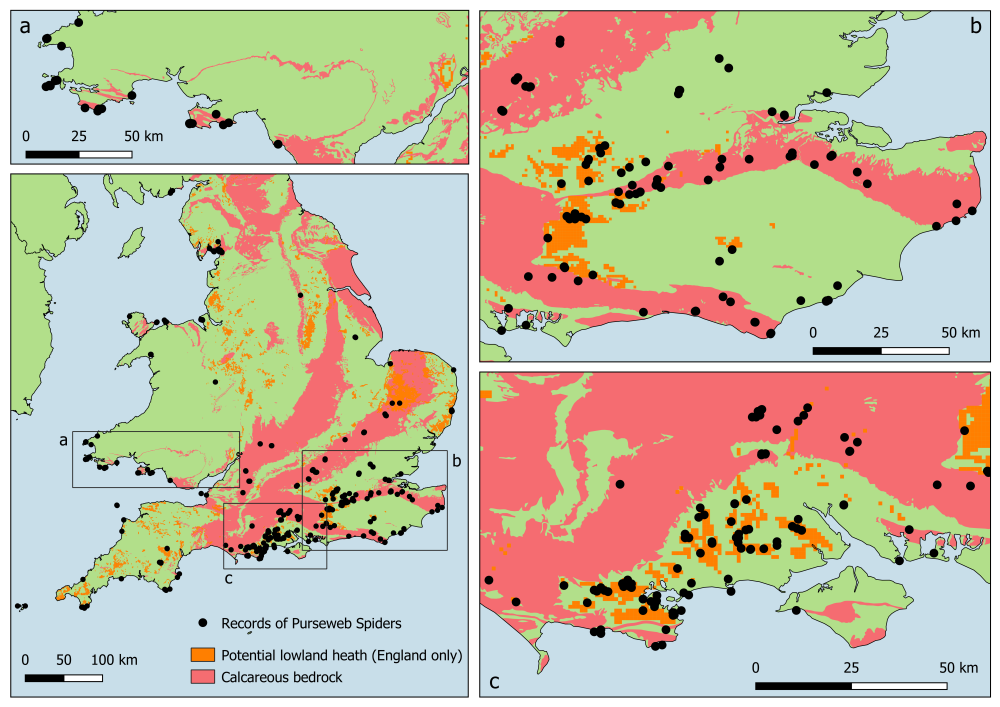
The British distribution is clearly linked to the presence of calcareous bedrock, but it also occurs on areas with heathy soils, as evident from its presence in the New Fores. It is typically found in old grasslands and other unimproved open habitats such as heathland.
For the most up to date distribution map of the Purseweb Spider in Britain, look at the distribution map on the British Arachnology Society's Spider Recording Scheme (SRS): http://srs.britishspiders.org.uk/portal.php/p/Summary/s/Atypus+affinis
Remember that records of spiders and/or tubewebs entered on this site will be shared with the SRS.
How to look for Purseweb Spiders
Purseweb Spiders themselves are rarely seen, but the tubewebs, once you learn to recognise them, are unmistakable. Finding a web is sufficient to record this species, and is almost as thrilling as seeing the spider itself! Counting the webs provides valuable evidence on the state of a colony, as does looking for webs but finding none.
Purseweb Spiders make their burrows in friable soils, avoiding those that are too compact, but also avoiding loose sandy and loessic soils which make it difficult to maintain a stable burrow. Most of its tubeweb lines this underground burrow and the exposed part above ground is disguised by particles of sand, soil or vegetation, meticulously placed in position by the spider from inside the tube.
The tubewebs of fully grown adults are typically around 10mm in diameter and between 15 and 25cm in length, although this is highly variable. Around 5–8cm of this length projects above the ground surface to form the aerial portion of the web – the part we look for when recording Purseweb Spiders.
The aerial portion of the tubeweb can lie flat along the ground, for example when concealed under a stone, hang downwards, such as when it is projecting from a bank, or be upright and anchored in place by silk, for instance up against the foot of a crag. In areas of calcareous or sandstone outcrops, tubewebs can often be behind vegetation at the base of exposed rock. By gently easing the vegetation away from the rock you may see webs, often anchored to the rock. It is also worth looking under stones lying on the ground - as long as these are relatively undisturbed.
